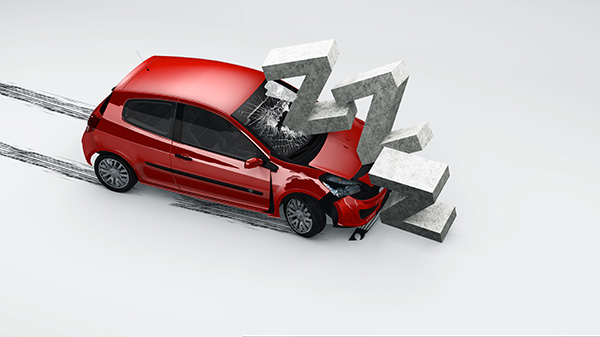
Fatigue is one of the most underestimated dangers on the road. While most drivers are aware of the risks of distracted or impaired driving, drowsy driving doesn’t always get the attention it deserves. Yet it plays a major role in thousands of accidents every year, especially those involving long trips or late-night driving.
Being too tired to drive safely can impair your judgment, slow your reaction time, and even cause you to fall asleep behind the wheel. Knowing how to recognize the signs of fatigue and what to do about them can make the difference between reaching your destination safely and putting yourself and others at serious risk.
Why Fatigue Impairs Driving
Driving while drowsy affects your brain much like alcohol. It reduces your ability to pay attention, slows your reflexes, and makes you more likely to make mistakes. Studies show that staying awake for 18 hours straight can have the same impact on your driving ability as a blood alcohol level of 0.05%. At 24 hours, it's closer to 0.10%—above the legal limit in most states.
Lack of sleep affects not only your alertness but also your ability to make quick decisions and stay aware of changing road conditions. If you’re too tired, even the most basic tasks behind the wheel—like staying in your lane or noticing brake lights ahead—become harder.
Common Warning Signs You’re Too Tired to Drive
Drowsy driving doesn’t always mean falling asleep at the wheel. Often, it’s a gradual decline in awareness and control that drivers ignore. Watch for these warning signs:
- Difficulty focusing or frequent blinking.
- Heavy eyelids or trouble keeping your eyes open.
- Drifting into another lane or hitting rumble strips.
- Missing traffic signs or turns.
- Repeated yawning or rubbing your eyes.
- Feeling irritable, restless, or spaced out.
If you recognize more than one of these signs, it’s time to pull over and rest before continuing.
Situations That Increase Fatigue Risk
Fatigue can affect any driver, but certain situations significantly increase your risk. Long road trips without breaks, driving late at night, or early morning commutes after insufficient sleep are all common culprits. People who work night shifts or rotating schedules are also at greater risk due to disrupted sleep patterns.
Drivers with sleep disorders like sleep apnea may not realize how fatigued they are because they’re accustomed to poor sleep. Taking certain medications, especially antihistamines or sedatives, can also increase drowsiness, even if taken earlier in the day.
Why Rolling Down the Window or Turning Up Music Doesn’t Work
Many drivers attempt to combat fatigue by employing tactics such as blasting cold air, playing loud music, or chewing gum. While these may provide a brief jolt, they don’t actually reverse the effects of tiredness on your brain.
When you're very tired and your body is craving sleep, these methods will probably not help you stay fully awake. Micro-sleeps (brief moments of unconsciousness that last only a few seconds) can still occur and are extremely dangerous, especially when you're driving at highway speeds.
Preventing Drowsy Driving Before It Starts
The best way to avoid drowsy driving is to prepare before you get behind the wheel. Get a full night of sleep (7–9 hours for most adults), especially before long trips. Plan your route to include breaks every two hours or 100 miles. If possible, travel with a passenger who can share driving duties or help keep you alert with conversation.
If you start to feel tired, pulling into a rest area for a short nap is far more effective than trying to power through. A 15–20 minute nap can restore alertness, though it’s best not to nap longer unless you’re stopping for the night.
When to Postpone Your Drive
Sometimes, the safest choice is to delay your trip altogether. If you’ve been awake for an extended period, didn’t sleep well the night before, or are recovering from illness, your reaction time and focus may already be compromised.
It’s better to arrive late than to risk your safety. Postponing a drive by just a few hours to rest can drastically reduce the likelihood of an accident.
Stay Alert With Help From Kwik Kar Auto Repair – Belt Line in Richardson, TX
At Kwik Kar Auto Repair – Belt Line in Richardson, TX, we prioritize your safety on the road. If you’ve experienced drowsy driving or are preparing for a long trip, let our team help make sure your vehicle is road-ready.
From checking lights and tires to inspecting brakes and fluids, we’ll ensure your car is in top shape so you can focus on driving alert. Schedule your maintenance appointment today, and travel with confidence—safely and fully awake.